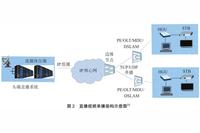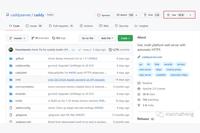74 IoT Platform Maps; Analysis Report on the Entire IoT Industry Chain
74 IoT Platform Maps Linkage Element In the article “Where Are the Giants in the IoT Era, 3 Types of Platforms, 5 Paths”, Linkage Element categorizes the currently active IoT platforms in the market into three types: infrastructure, development tools, and service operations. This article will provide a brief analysis of the 72 IoT platforms … Read more




